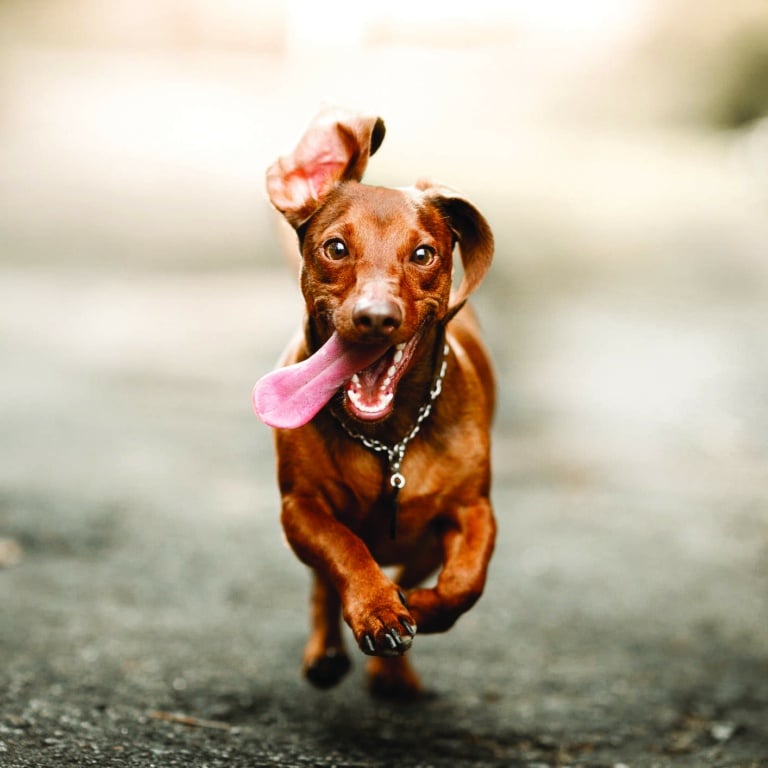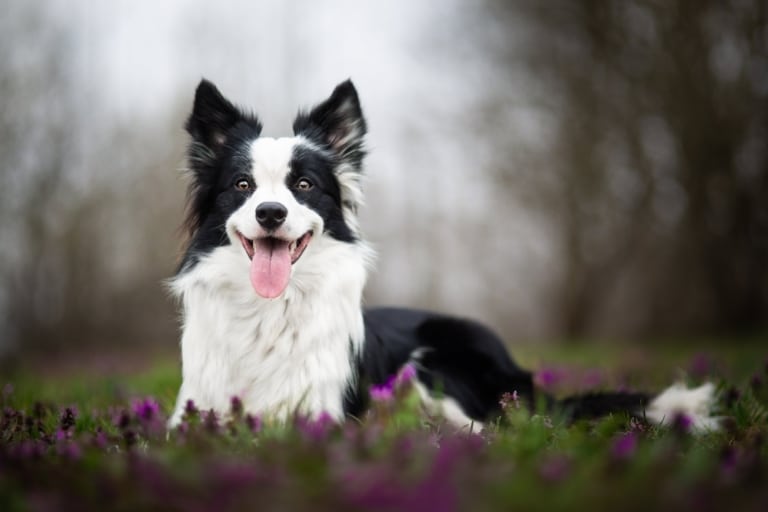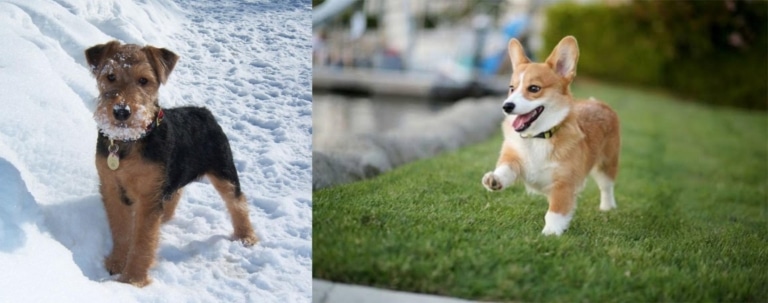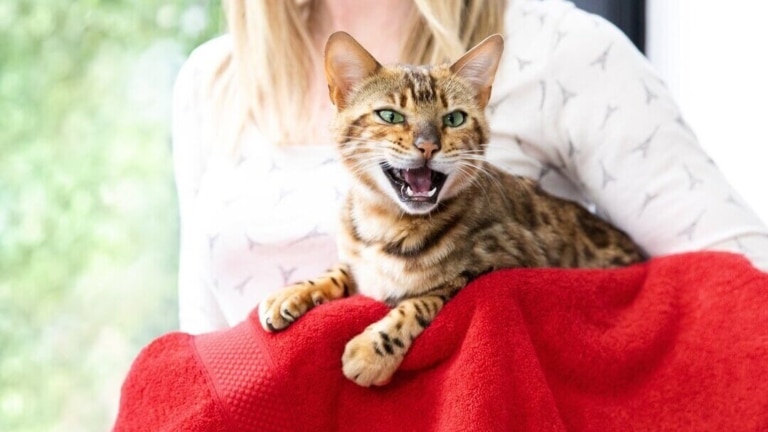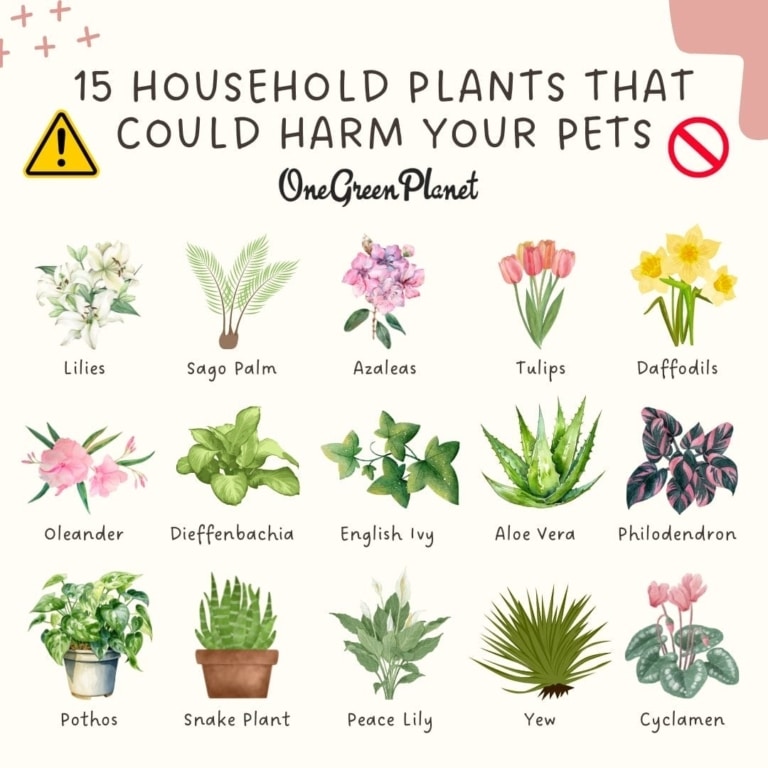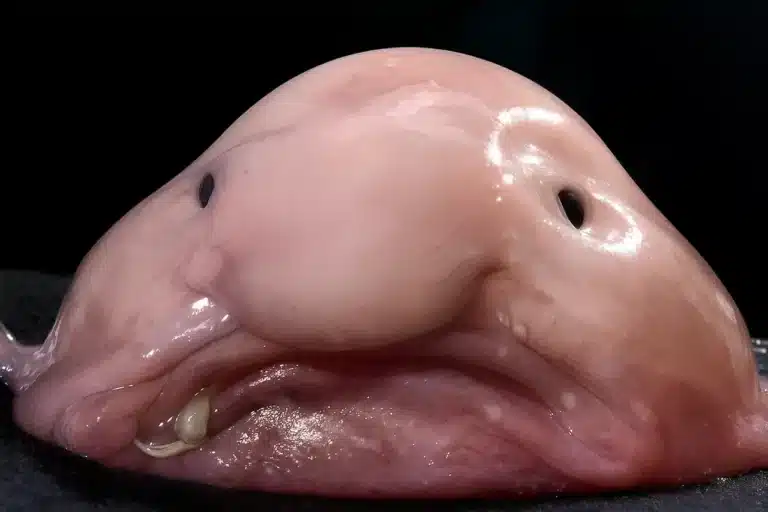- Physiological causes
- Medical reasons
- When should a veterinarian be consulted?
- Tips for owners
Owners often notice that their dog is panting frequently, for no apparent reason. Of course this will make a caring owner worry. However, you shouldn’t always react this way, because in most cases, dogs breathing frequently is not due to health problems. In our article, we will look at the reasons for this behavior of your Ponytail, namely: physiological and medical reasons. We will talk about the cases when you should consult a veterinarian and provide useful tips.
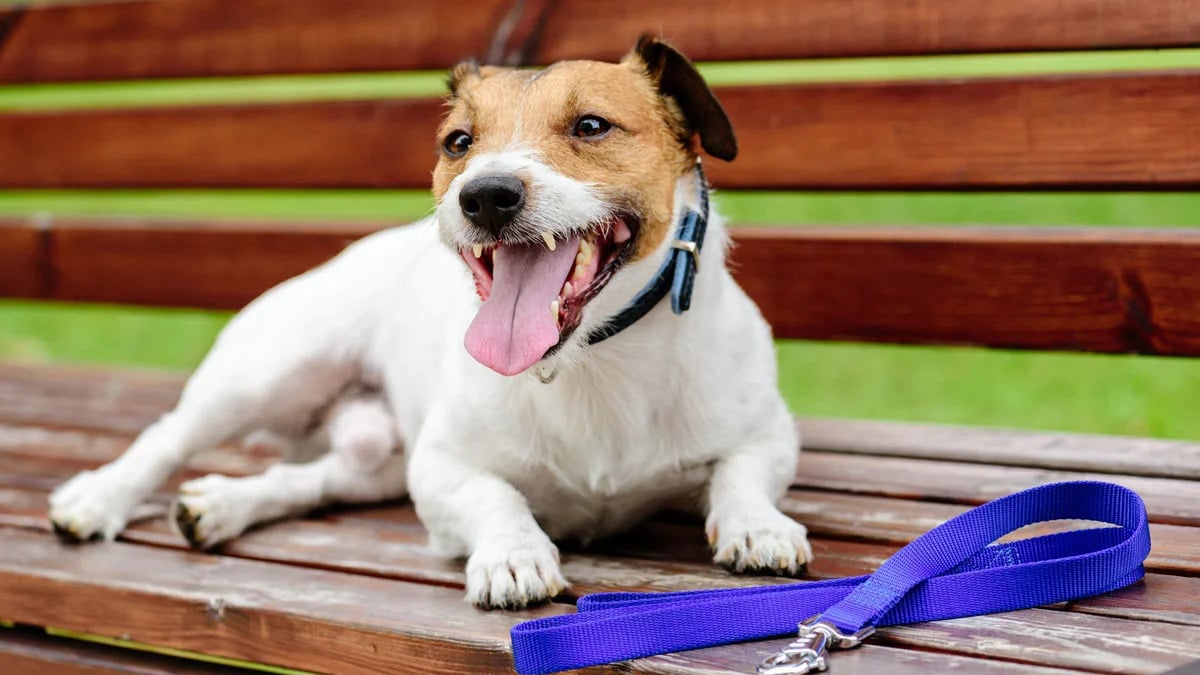
Physiological reasons
Physiological frequent breathing is normal. It is caused by natural factors, namely:
– Physical exertion. Always after an active game or walk, the dog starts breathing frequently to help stabilize the body temperature. However, this process lasts no more than 30 minutes while the animal rests and calms down.
– Heat or overheating. During hot weather conditions, a dog can overheat and suffer heat stroke. To avoid this the body begins the cooling process, for this the animal starts breathing frequently to restore a healthy body temperature.
– Stress, excitement or fear. During stress, the sympathetic nervous system is activated and adrenaline is released. This causes the heartbeat to speed up accordingly and breathing also to provide oxygen to the muscles. Therefore, a frightened Dog opens its mouth, sticking out its tongue to facilitate heat release and reduce internal tension.
– Joy or excitement. Joy causes very similar physiological processes in the dog’s body as stress. Emotional excitement is also accompanied by the release of adrenaline, so the heartbeat and breathing increases. However, joy does not harm the nervous system and the body as a whole. If we talk about stress, especially prolonged stress, it can negatively affect the physical condition of the dog.
– Body cooling. Body temperature can rise for various reasons, for example: heat, physical activity, excitement, as well as after eating or drinking water. Therefore, in order to restore the heat balance, the Pet starts breathing frequently for a period of time. Frequent breathing helps the dog to cool down and is the main way of thermoregulation. They do not have this process in the same way that humans do. Dogs do not sweat, but are cooled by panting, which is frequent and rapid breathing with the mouth open and tongue out.
Remember, unless a dog has a health problem, his body is trying to stabilize his temperature on its own. Physiological reasons for frequent panting are normal, so they shouldn’t cause you to worry.
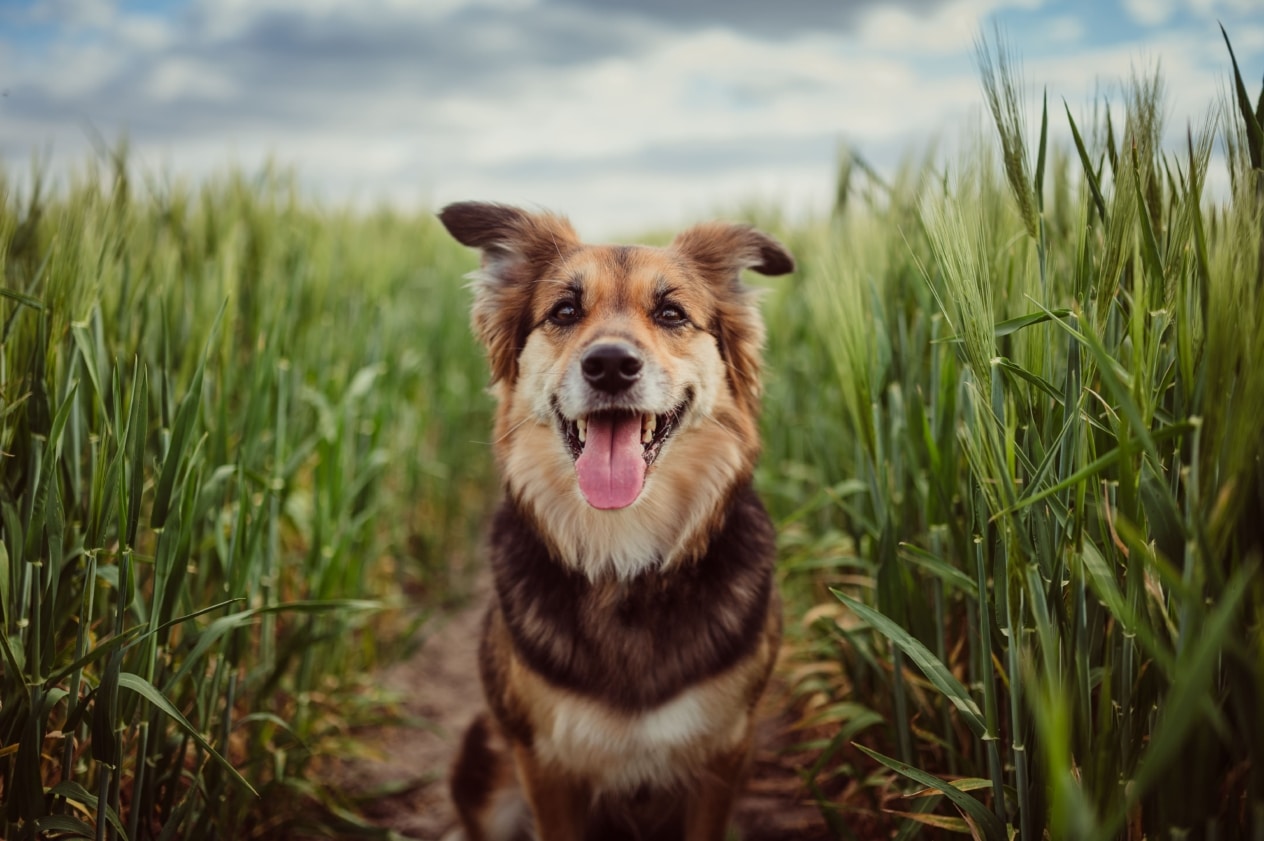
Medical causes
Medical causes of frequent breathing should be thought of as pathology, and this is when you should see a specialist. Such causes include:
– Diseases of the cardiovascular system. This system is closely linked to the respiratory system, so when the heart fails to pump blood, it has a big impact on breathing as well.
– Pain. Frequent breathing is one of the body’s natural reactions to physical discomfort, or stress.
– Fever or infection. During a fever, your dog needs to cool his body, so he begins breathing frequently in an attempt to stabilize his temperature.
– Anemia. During this pathological condition, the number of blood cells that carry oxygen to the tissues decreases, so the organs receive less oxygen than they need, and by breathing frequently, the body tries to compensate for the lack of oxygen.
– Intoxication. Intoxication can cause anemia by destroying red blood cells, which in turn leads to a lack of oxygen, so the dog begins to shortness of breath.
– Respiratory disease. Unlike anemia, the problem here is not a lack of oxygen, but rather the inability of the lungs to fully work it out or to inhale or exhale at all.
– Brachycephalic breed syndrome. This is a complex of anatomical features that make breathing difficult in dogs with a shortened muzzle. These include pugs, bulldogs, Pekingese, etc.
It is necessary to be able to distinguish medical causes from physiological ones, so that the situation does not reach irreparable consequences. Pay attention to the behavior and symptoms, which will be discussed below.
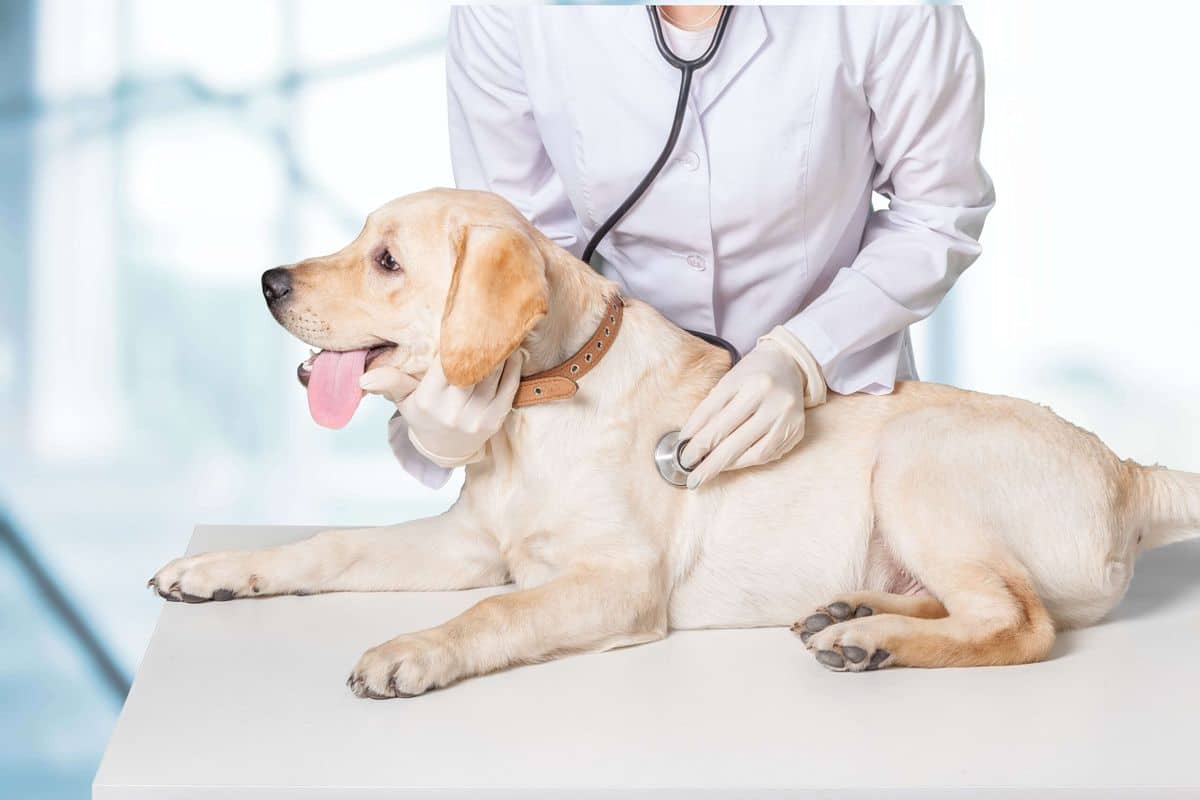
When should a veterinarian be consulted?
To understand when labored breathing is a wake-up call signaling “save the animal,” we need to carefully consider the nature, conditions, and accompanying symptoms of a dog’s shortness of breath. To do this, we can compare pathologic (medical) and natural (physiologic) frequent breathing. Note how they differ.
1). If there is no apparent reason for the frequent breathing, such as heat, actives, exercise, recent food intake, but the dog is breathing heavily, it may be a signal of disease.
2). If you notice that frequent panting continues for more than 30-60 min after an activa, you should pay attention to the physical condition of your Tail. This reaction may be a symptom of heart problems.
3). If the frequent breathing does not last for the first 24 hours, it indicates that the dog most likely has a fever, an allergic reaction or problems with the respiratory tract and lungs. In such a situation, the labored breathing will be accompanied by wheezing, grunting and snoring. The dog’s appetite will be significantly reduced and he will become as passive as possible.
4). Note that with healthy frequent breathing the Dog will be cheerful, relaxed, openly contacting you and wagging his tail, as opposed to pathological, when his movements are restrained, the body trembles, the animal avoids bodily contact, the bulging eyes are constantly averted and as if he does not know where to look, and the tail will be tucked and tense. Sometimes the animal may behave restlessly, but this state will not look like a happy and joyful entertainment, the dog will be agitated, anxious, sometimes even aggressive.
5). Difficulty breathing is accompanied by excessive salivation. Most often these are symptoms of poisoning and nausea.
Tips for owners
Of course, the first thing any expert will advise you to do if your dog has frequent panting for no apparent reason is to stay calm and don’t panic. Worrying will not help the problem at all. We advise you to see a veterinarian without delay. In terms of tips to help you prevent health-related complications, we can suggest the following steps:
– In hot weather, try to give your dog water as often as possible, dehydration can lead to overheating and respiratory problems;
– do not allow a dog with heart or respiratory problems to exert themselves or be overly active, especially in hot weather;
– avoid taking your dog for walks during the hottest hours of the day, but rather allow him to rest in the house, apartment or yard in the shade; ventilate as often as possible, consider a ventilation or cooling system;
– lighten the coat, but do not shave the animal completely, as the coat protects your Friend from the negative effects of the sun, professional grooming will help you with this;
– use cooling products such as: mats or vests, which can be purchased at a pet store or grooming salon; these are very convenient and the best option to help your dog cool down;
– it is not advisable to wet the dog’s head with a towel, the cloth heats up very quickly, as a result the temperature of the animal’s head rises, it is better to wet the dog with not too cool water; if you do want to cool the animal with a cloth, do not keep it for more than 2 minutes on Tail’s body;
– Observe the symptoms, if they are medical and not physiological, consult a specialist.
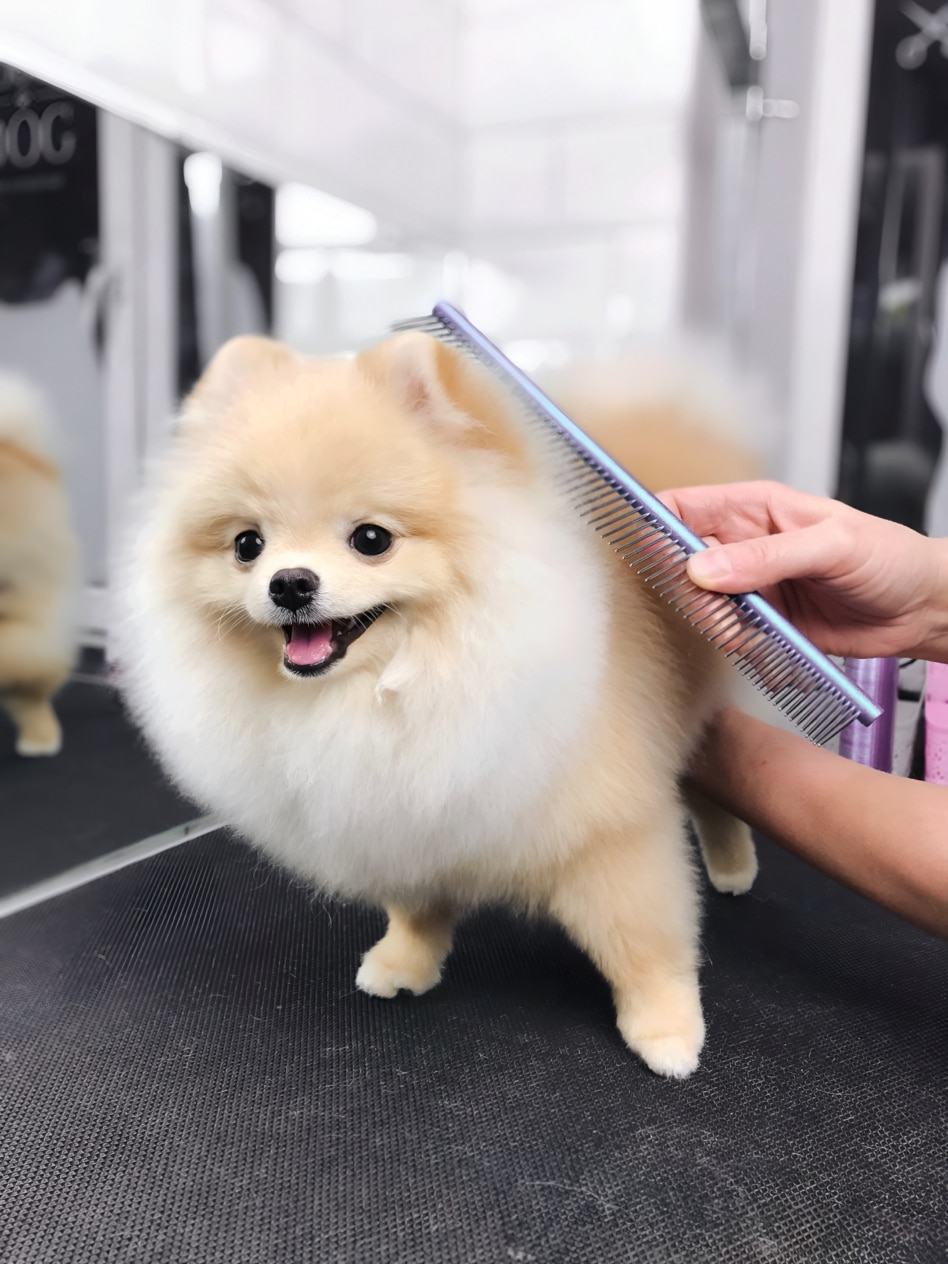
If you have any difficulties or questions, do not try to solve them yourself to avoid aggravating the situation. Contact a specialist – veterinarian or groomer, they will help to overcome the problem. Do not forget that timely grooming will help to avoid many troubles and prevent the appearance of unwanted diseases of your Pet. That is why our grooming salons V.O.G DOG SALON are waiting for you and are always glad to help you.

